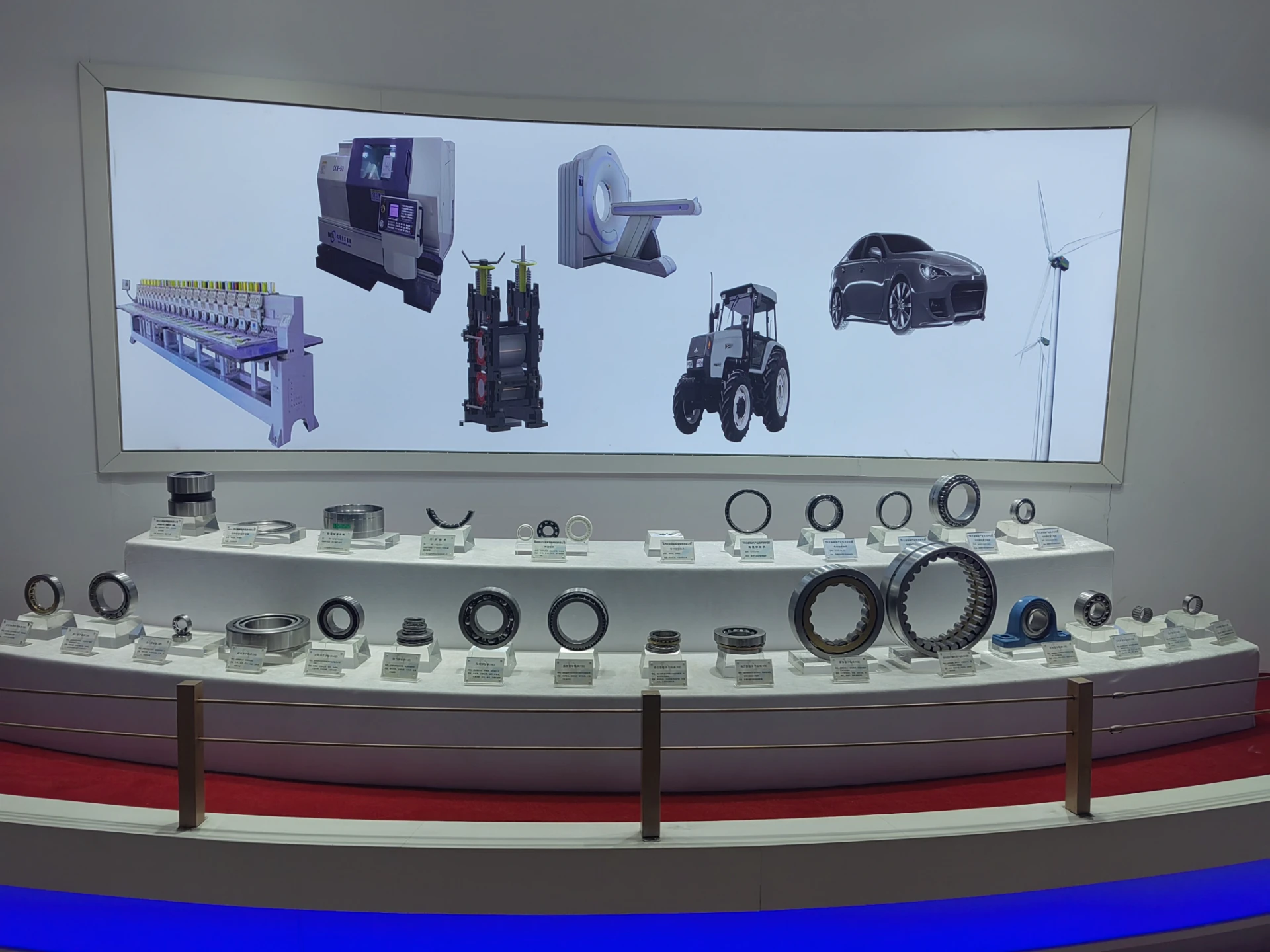
Dec . 25, 2024 23:13 Back to list
Comprehensive Guide to Angular Contact Ball Bearings Specifications and Applications
Understanding Angular Contact Ball Bearings A Comprehensive Guide
Angular contact ball bearings are a crucial component in various applications where high-speed and high-accuracy performance is required. These bearings are designed to accommodate both radial and axial loads, making them an ideal choice for a wide range of machinery and equipment. This article aims to provide an overview of angular contact ball bearings, their features, applications, and important considerations when selecting the right type for your needs.
What are Angular Contact Ball Bearings?
Angular contact ball bearings consist of inner and outer rings, balls, and a cage that holds the balls in place. The key feature that distinguishes angular contact bearings from other types is the angle of contact between the balls and the raceways. This angle enables them to handle axial loads in a specific direction, making them suitable for applications requiring precision and high-speed rotation.
The contact angle, which can be 15, 30, or 40 degrees, determines the load capacity of the bearing and influences its performance characteristics. A larger contact angle generally allows for greater axial load capacity but may reduce the speed that the bearing can achieve.
Features of Angular Contact Ball Bearings
1. Load Handling The design of angular contact ball bearings allows them to handle both radial and axial loads simultaneously. This dual capability enhances their versatility compared to standard ball bearings.
2. High-Speed Performance Due to their design and construction, these bearings can operate at high speeds, making them ideal for applications such as electric motors, pumps, and machine tools.
3. Preloading Options Angular contact ball bearings can be preloaded to improve stiffness and performance. Preloading can be done through various methods, such as adjusting the distance between bearings or using spring mechanisms.
4. Variety of Designs Angular contact bearings are available in single-row and double-row configurations, with different contact angles to meet specific application requirements.
Applications of Angular Contact Ball Bearings
Angular contact ball bearings are widely used across numerous industries, including
- Machine Tools In precision machining, these bearings provide high accuracy and stability, making them essential for CNC machines and lathes
.angular contact ball bearing catalogue pdf

- Electric Motors Their ability to handle high speeds and loads makes them a suitable choice for electric motors in automotive and industrial applications.
- Aerospace The aerospace industry relies on angular contact bearings for their reliability and performance in demanding conditions.
- Robotics In robotic applications, these bearings are used for joint and axis movement due to their ability to accommodate complex load conditions.
- Medical Equipment Angular contact bearings are also found in various medical devices, where precision and reliability are paramount.
Selecting the Right Angular Contact Ball Bearing
When choosing an angular contact ball bearing, several factors should be considered to ensure optimal performance
1. Load Requirements Understand the specific radial and axial loads your application will experience.
2. Speed Specifications Evaluate the rotational speed to select a bearing that can handle the required RPM.
3. Environment Conditions Consider external factors like temperature, humidity, and contamination potential, as these can affect bearing performance.
4. Alignment Ensure proper alignment during installation, as misalignment can lead to premature failure.
5. Preload Level Determine if preloading is necessary based on the application’s stiffness requirements.
Conclusion
Angular contact ball bearings offer a unique combination of high load capacity, speed capabilities, and precision, making them indispensable in modern machinery and equipment. By understanding their features and applications, as well as considering essential selection criteria, engineers and manufacturers can make informed decisions to optimize performance and longevity in their specific applications. Investing time in selecting the right angular contact bearing will ultimately enhance the efficiency and reliability of your operations.
Latest news
-
Premium Deep Groove Ball Bearings | High Speed & Reliability
NewsAug.29,2025
-
Durable Scaffolding Clamps - Secure & Reliable Tube Connectors
NewsAug.28,2025
-
Common Failures in Thrust Ball Bearings and Solutions
NewsAug.22,2025
-
How Tapered Roller Bearings Can Take Shock Loads
NewsAug.22,2025
-
Angular Bearings in High-Precision Spindles
NewsAug.22,2025
-
The Impact of Misalignment on Cylindrical Roller Bearing Performance
NewsAug.22,2025
